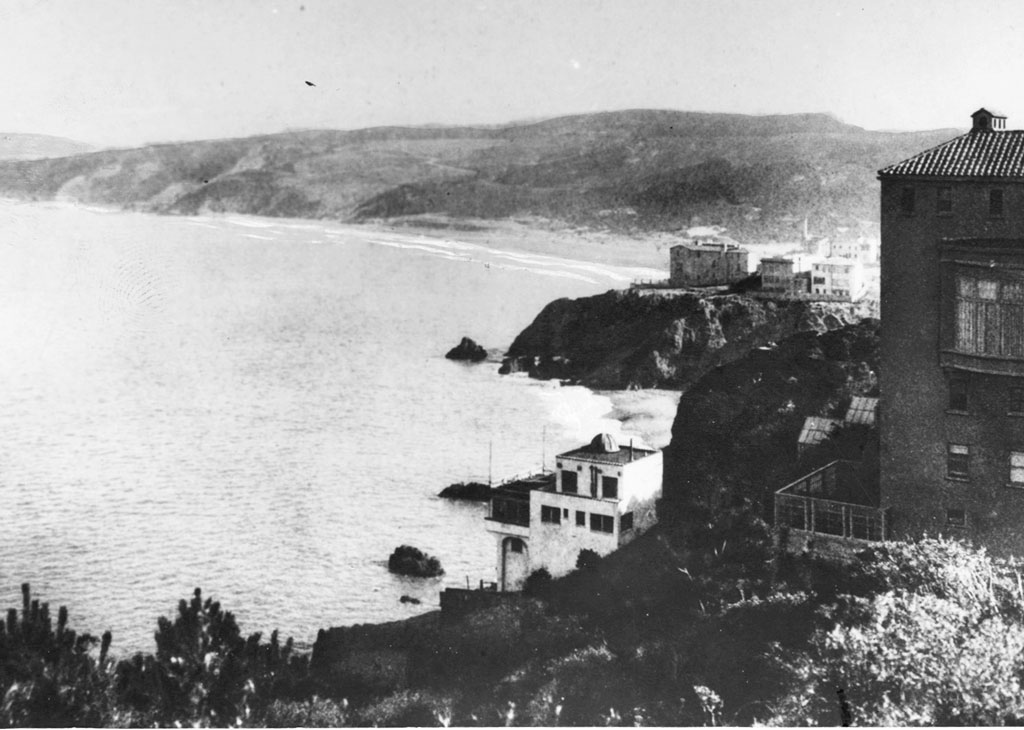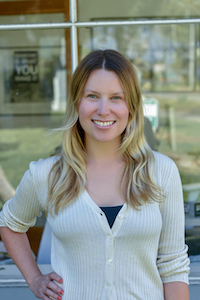WHEN MOST PEOPLE are asked to consider California beaches, rows of towering palm trees, a searing sun and vast expanses of cream-colored sand come to mind — that is to say, Southern California beaches. But what the beaches in the northern part of the state lack in instant recognition, they make up for in history and dramatic appeal. Among these is Baker Beach.
Roughly a half-mile long, Baker Beach begins just south of Golden Gate Point — where the Golden Gate Bridge connects with the peninsula — and extends southward toward the Sea Cliff neighborhood, the Palace of the Legion of Honor and the Sutro Baths. The land the beach is located on was originally settled by John Henry Baker in the 1850’s. Back then the 160-acre property was called Golden Gate Milk Ranch.
There was no lack of entrepreneurial men in San Francisco during the Gold Rush era, and a couple of them decided to capitalize on the resources at Lobos Creek, a stream that empties onto what is now Baker Beach. The city was in the grip of a water shortage, so in 1858 Anthony Chabot and a New Yorker named John Bensley dammed the creek and built a redwood flume that carried the water to Fort Point and to modern-day Fort Mason, creating the city’s first permanent water supply. To this day the Presidio area draws its water from Lobos Creek.
In 1904, when the Presidio was still a U.S. military fort, Battery Chamberlin was built near the north end of the beach to hold the Army’s new lighter, stronger and more powerful coastal defense weapons. A six-inch “disappearing gun,” the last of its type remaining on the West Coast, can still be viewed today during the first weekend of each month when demonstrations are conducted and the public can visit a small seacoast defense museum.
That end of the beach also saw a different kind of firepower in later years: from 1986 to 1990 it was the original site of Burning Man. As the effigy grew bigger each year, legal limits on campfire size prompted park police to intervene, and participants compromised by agreeing to erect the figure without lighting it. The festival moved to its present home in Black Rock Desert, Nevada, after that.
Serpentine Spotlight
Outcrops of gray-green serpentine protrude among the cliffs between Fort Point and Baker Beach. California’s official state rock, serpentine forms when rocks deep in the earth’s crust are altered and forced to the surface. It yields soils unusually high in magnesium and low in calcium, which spurs special adaptations among rare plant species. The best views of San Francisco’s serpentine cliffs are from the overlooks on Lincoln Boulevard, just north of Baker Beach.

This photo was taken from Eagle’s Point/El Camino del Mar toward China Beach/Baker Beach in 1930.
Tips and Highlights
A picnic area with tables, grills and restroom facilities is tucked into the cypress grove at the east end of the parking lot.
Baker Beach is one of the Bay Area beaches that can be warm enough for sunbathing and picnicking.
On sunny weekends, be prepared for crowds and parking congestion.
Look for the display of historical military photographs at the Battery Chamberlin museum in the underground cartridge room.
Hikers can pick up the Coastal Trail on the cliffside.
The northernmost end of Baker Beach is popular with clothing-optional sunbathers.
Large waves, undertow and rip currents make the beach unsafe for swimming, but it provides panoramic views of the Golden Gate Bridge, Marin Headlands and Lands End. You can fish or check out the shore life along the beach and the rocky water’s edge.
On May 7, 1959, off Baker Beach, in water 15 feet deep, 18-year-old Albert Kogler Jr. was fatally attacked by a great white shark — the only shark attack recorded here.

Kasia Pawlowska loves words. A native of Poland, Kasia moved to the States when she was seven. The San Francisco State University creative writing graduate went on to write for publications like the San Francisco Bay Guardian and KQED Arts among others prior to joining the Marin Magazine staff. Topics Kasia has covered include travel, trends, mushroom hunting, an award-winning series on social media addiction and loads of other random things. When she’s not busy blogging or researching and writing articles, she’s either at home writing postcards and reading or going to shows. Recently, Kasia has been trying to branch out and diversify, ie: use different emojis. Her quest for the perfect chip is never-ending.


